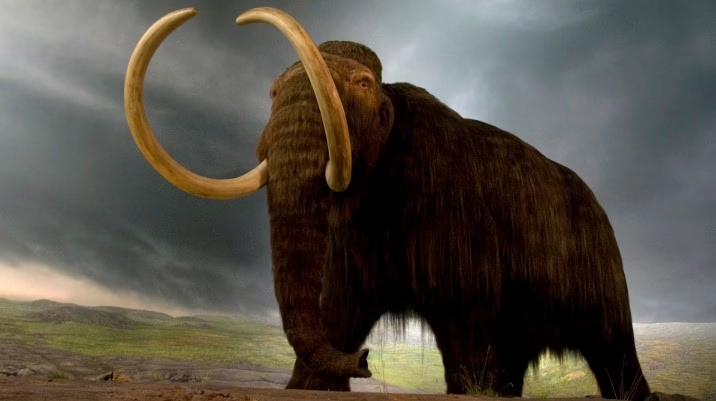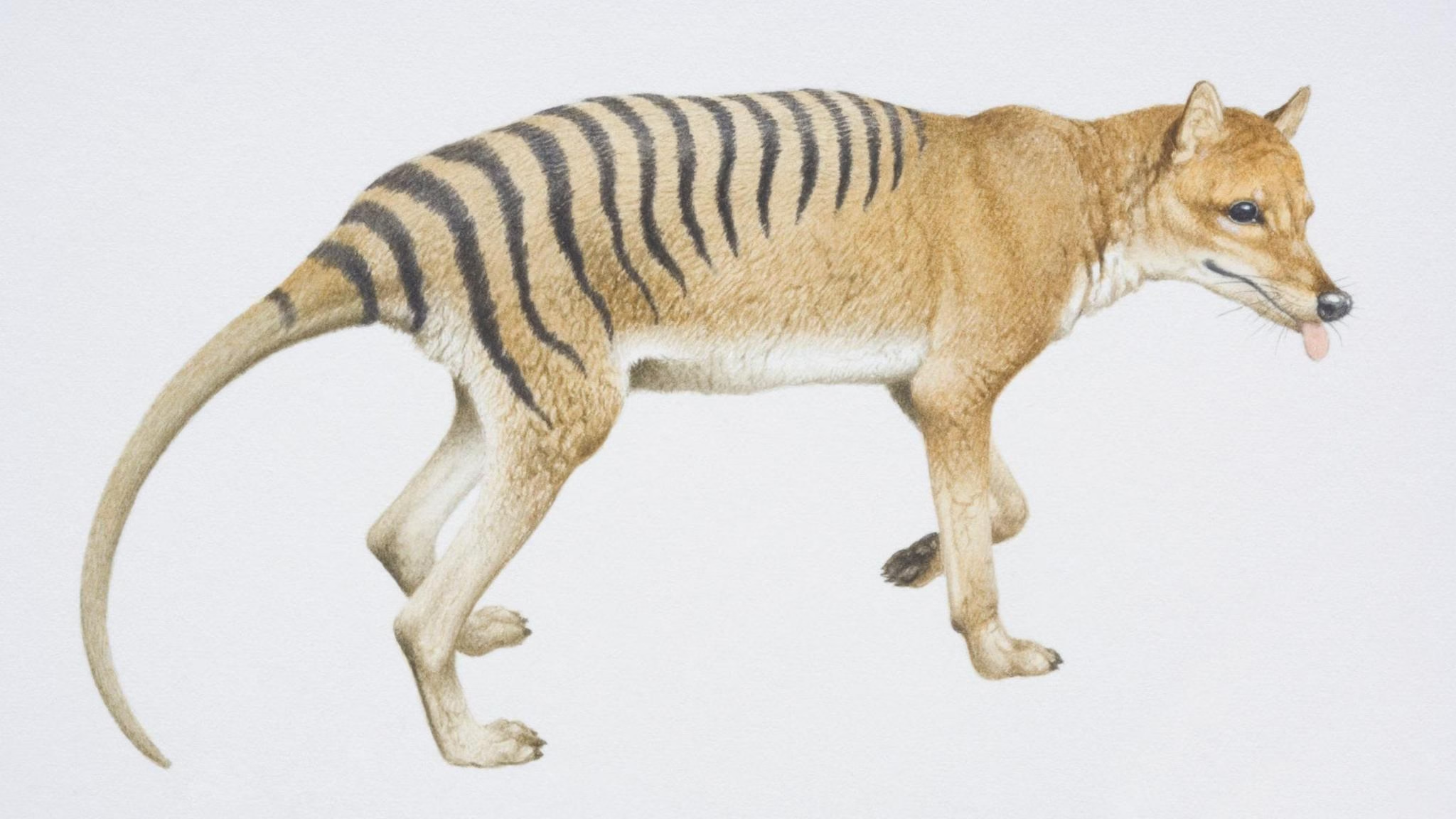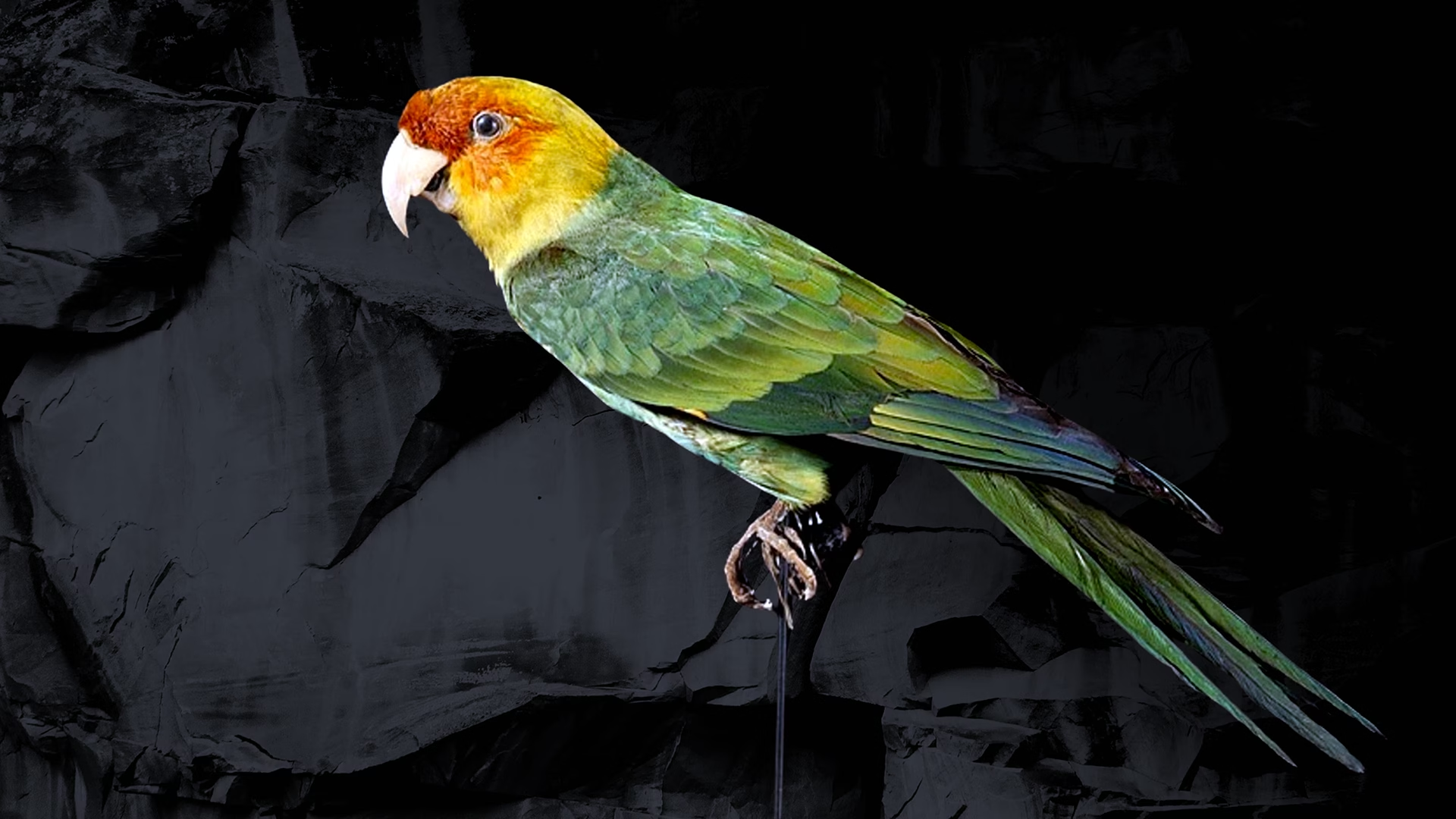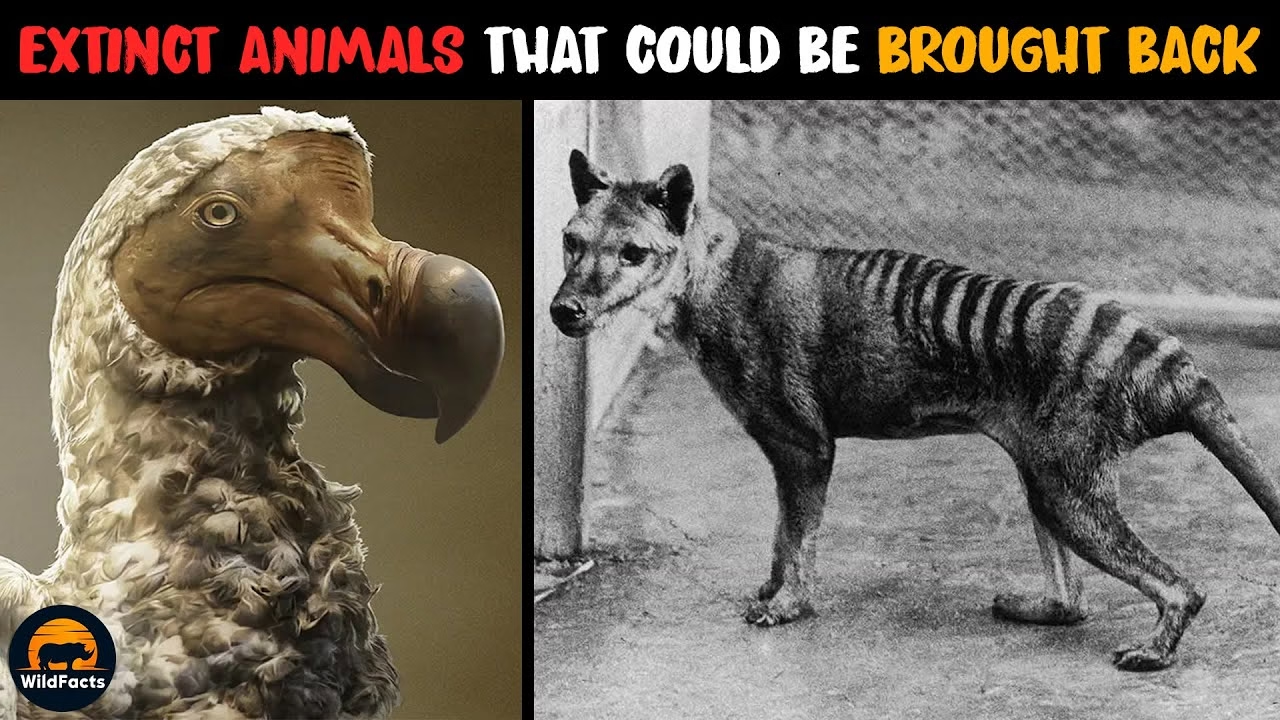Top 10 Extinct Animals you would like see Resurrected
Introduction
Extinction is a natural part of life on Earth, but the rapid rate at which species have disappeared—especially due to human activity—has left many wondering what could be done to reverse the damage. Advances in genetic science have sparked real conversations around the possibility of “de-extinction,” where long-lost species could potentially be resurrected using DNA preserved in fossils, museum specimens, or close relatives. While this concept sounds like science fiction, it opens up fascinating questions about ecology, ethics, and our role in shaping the natural world.
Among the countless species that have vanished over time, some stand out not just for their scientific value, but for the cultural, ecological, and emotional impact they had—or still have—on human imagination. This list explores ten extinct animals that many would love to see brought back to life, either for their majestic presence, their ecological role, or simply because they were too remarkable to lose forever.
Woolly Mammoth

Extinct animals Woolly mammoth, a colossal relative of today’s elephants, roamed the icy tundras of the Northern Hemisphere during the last Ice Age. With its thick fur, long curved tusks, and imposing stature, it symbolized prehistoric life. Scientists are especially interested in resurrecting the mammoth to help restore tundra ecosystems and combat climate change through “rewilding.” Advances in cloning and gene editing have brought this iconic giant closer to a potential comeback than almost any other extinct species.
Dodo
Extinct animals dodo, a flightless bird native to Mauritius, became extinct in the late 1600s—less than a century after it was first discovered by humans. With no natural predators, the dodo was unprepared for the invasive species and human interference that led to its rapid disappearance. Despite being mocked as a symbol of obsolescence, the dodo remains one of the most poignant reminders of how quickly human activity can erase an entire species from existence.
Saber-Toothed Tiger (Smilodon)
Extinct animals saber-toothed tiger, or Smilodon, was one of the most formidable predators of the Ice Age, known for its massive, curved canine teeth and powerful build. It roamed the Americas and likely hunted large prey like bison and mammoths. Although not a true tiger, its fearsome appearance has made it legendary. Reviving the Smilodon would offer insights into predator-prey dynamics of ancient ecosystems and allow scientists to study one of evolution’s most dramatic carnivores firsthand.
Passenger Pigeon
Once numbering in the billions, the passenger pigeon was among the most abundant bird species in North America before its sudden extinction in the early 20th century due to overhunting and habitat destruction. Its massive flocks were said to darken the sky for hours. Scientists see its potential return as a chance to study how reintroduced species could affect modern ecosystems and to restore balance in forests where the bird once played a critical ecological role.
Tasmanian Tiger (Thylacine)

Extinct animals tasmanian tiger, or thylacine, was a carnivorous marsupial native to Tasmania, mainland Australia, and New Guinea. It resembled a large dog with tiger-like stripes on its lower back and a stiff, kangaroo-like tail. The thylacine was officially declared extinct in the 20th century, largely due to hunting and habitat loss. Its resurrection is of particular interest because of the unique role it played as a top predator in Australia’s ecosystem, and because its extinction was relatively recent.
Great Auk
Extinct animals great auk was a flightless seabird once found across the North Atlantic, from Canada to Northern Europe. Standing nearly three feet tall, it was hunted to extinction in the mid-1800s for its meat, feathers, and oil. The great auk’s extinction is often cited in conservation conversations, and its possible return is seen as a way to restore a lost part of marine biodiversity. Its unique appearance and ecological importance make it a strong candidate for de-extinction efforts.
Quagga
Extinct animals quagga was a subspecies of the plains zebra, easily recognized by its unusual striping—bold on the front half of its body and fading toward the rear. Native to South Africa, it was hunted to extinction by the late 19th century. The quagga’s resurrection is already in progress through selective breeding programs aimed at recreating its appearance and genetics. Reviving the quagga could help restore balance in the grassland ecosystems where it once roamed and support biodiversity conservation.
Irish Elk (Megaloceros)
Extinct animals irish elk, also known as Megaloceros, was one of the largest deer species to have ever lived, famous for its enormous antlers that could span up to 12 feet wide. Despite the name, it wasn’t exclusive to Ireland but roamed across Europe and parts of Asia. It likely went extinct around 7,000 years ago due to climate change and human hunting. Bringing back the Irish elk would offer a spectacular look into Ice Age ecosystems and large herbivore dynamics.
Moa
Extinct animals moa were giant, flightless birds native to New Zealand, some species standing over 10 feet tall. They were herbivores with no natural mammalian predators until humans arrived. Within a few hundred years of Polynesian settlement, all nine species of moa were hunted to extinction. Reviving the moa would help restore a lost piece of New Zealand’s unique ecological puzzle and could provide insights into island evolution and human-driven extinction patterns. Their dramatic size and history make them a compelling candidate.
Carolina Parakeet

Extinct animals carolina parakeet was the only parrot species native to the eastern United States. With its bright green body, yellow head, and reddish-orange face, it was a striking sight in North American forests. Sadly, deforestation, hunting, and the pet trade led to its extinction by the early 20th century. Its return could restore important seed dispersal functions in forest ecosystems and reintroduce a vibrant symbol of lost American biodiversity to modern habitats.
Conclusion
The idea of bringing extinct animals back to life sparks both excitement and debate. While de-extinction could help restore damaged ecosystems and right historical wrongs, it also raises serious questions about ethics, resources, and unintended consequences. Still, imagining these lost creatures walking, flying, or roaming the Earth again captivates the human spirit. Whether for ecological balance, scientific insight, or the sheer wonder of it, the desire to resurrect extinct species reveals our deep connection to the natural world—and our responsibility to protect it.
You Can Also Read:Top 10 Most Aggressive Animals in the world
FAQS
What extinct species should we revive?
The woolly mammoth is a current prime candidate for de-extinction through cloning or genome editing.
Can Saber Tooth Tiger come back?
No. Sabertooths are extinct. You can’t come back from that. A similar animal could evolve, but it wouldn’t be a sabertooth tiger.
What was the first animal to be resurrected?
Meet Romulus and Remus—the first extinct animals ever resurrected from extinction. The dire wolf, lost to history over 10,000 years ago, has returned. Reborn on October 1, 2024, these remarkable pups were brought back to life using ancient DNA extracted from fossilized remains.
Which animal was born first in Earth?
A 2023 study using chromosomal data from modern ctenophores — otherwise known as comb jellies — argues they were the first known extinct animals, emerging around 600 million to 700 million years ago.
What zodiac animal came first?
The order of the lunar calendar follows the outcome of the race, where the rat is the first animal to start the sequence, and the pig is the last. After the pig, the sequence starts over again. The lunar calendar has been a significant calendar for China and the Chinese zodiac.
